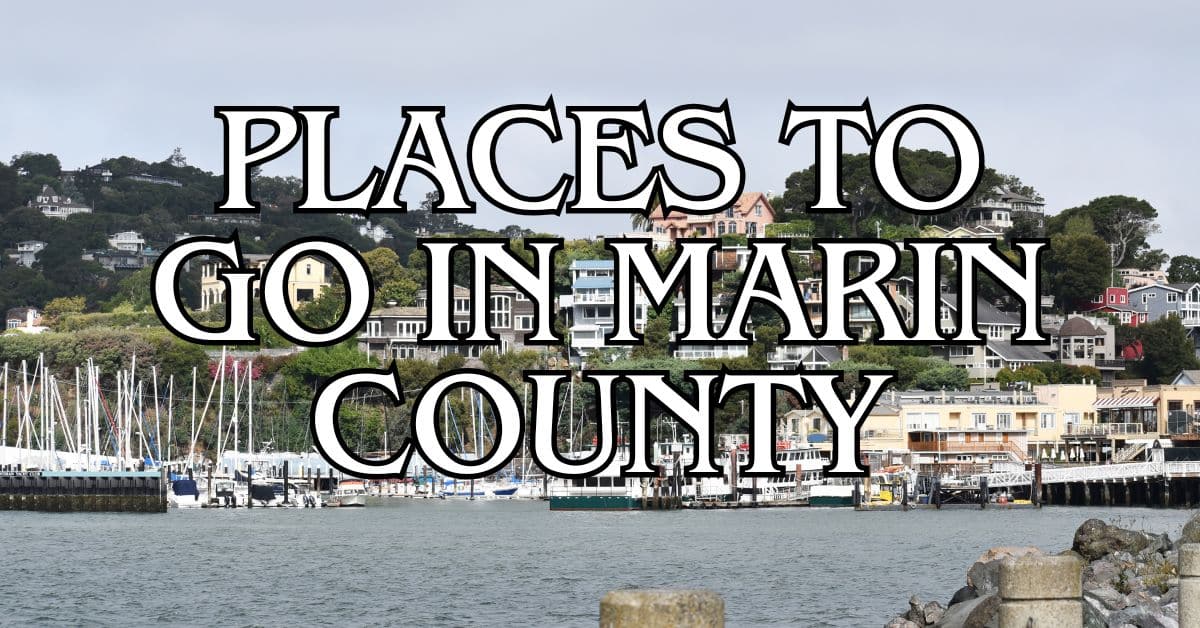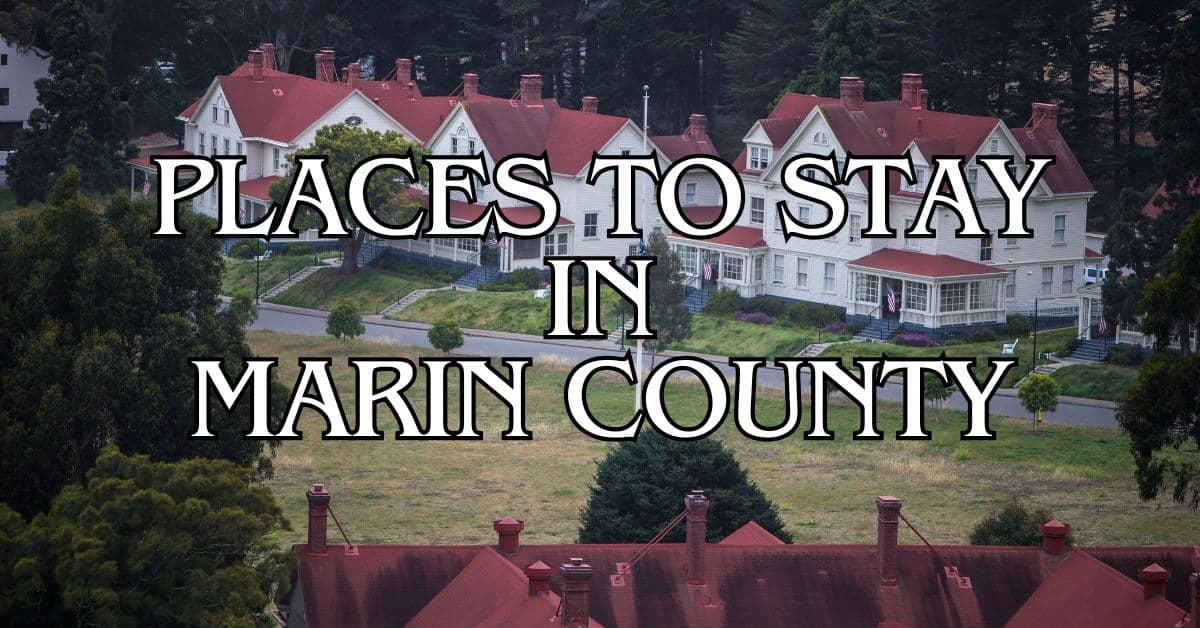Marin County’s on the verge of some big shifts in housing regulations for its coastal communities. The Community Development Agency is getting ready to roll out state-mandated updates to the Local Coastal Program.
These amendments will fold in the 2023 Housing Element Update and respond to new state laws that target coastal areas. The main focus? Multi-unit and subdivision housing development.
Discover hand-picked hotels and vacation homes tailored for every traveler. Skip booking fees and secure your dream stay today with real-time availability!
Browse Accommodations Now
Single-family homes won’t see much change, and there are just a few tweaks for accessory dwelling units. So, what does all this mean if you live along the coast in Marin? And when’s it all happening?
Understanding the Scope of Coastal Regulation Changes
The impact of Marin’s proposed housing regulation updates really depends on your address. The Coastal Zone covers a bunch of well-loved Marin communities—think Muir Beach, Stinson Beach, Bolinas—plus the historic Point Reyes Station.
Other spots along Marin’s gorgeous Pacific edge are also in the mix for these regulatory changes. If you’re living on federal land, like inside Point Reyes National Seashore, you’re off the hook—these Local Coastal Program rules won’t apply to you.
That’s a relief for some homeowners who might be worried about what’s coming down the line. The distinction matters, especially if you’re not sure how your property fits in.
What Types of Housing Will Be Most Affected?
Most of these updates zero in on multi-unit housing and subdivisions. It’s all part of California’s push to get more homes into neighborhoods that are already established.
If you’re in Inverness, Olema, or Dillon Beach and thinking about a big development project, you’ll want to keep a close eye on these changes.
For single-family homeowners in places like Marshall and Tomales, you probably won’t notice much difference. Folks looking to add an accessory dwelling unit (ADU) will see some minor rule tweaks, but Marin’s still taking a pretty careful approach to adding more housing while keeping the local vibe intact.
The Approval Process and Timeline
Before anything’s official, both the Marin County Board of Supervisors and the California Coastal Commission have to sign off. This two-step process aims to balance local needs with state coastal priorities.
The Community Development Agency has laid out a rough schedule for what’s next:
Community Engagement Opportunities
From San Rafael to Sausalito and Mill Valley to Novato, residents will get several chances to learn about the changes and weigh in. The Community Development Agency plans to host both in-person town halls and virtual meetings, trying to reach as many people as possible.
These sessions matter most for folks in coastal areas like Muir Beach and Stinson Beach, where the changes will hit home first. If you’re a homeowner there, it’s a good idea to show up and let your voice be heard—even if you’re not sure what to expect.
Balancing State Mandates with Local Needs
These updates show Marin County’s ongoing struggle to juggle state housing mandates and local coastal management. Towns like Fairfax, San Anselmo, and Larkspur have always cared about keeping their local character, even as housing needs shift.
County officials now face the challenge of carrying out state-required changes while hanging onto what makes Marin’s coastal communities unique. It’s a balancing act, and honestly, it’s not easy to please everyone.
Residents all over Marin County should try to stay informed and get involved. Their input really can help shape what coastal housing development looks like in the future.
Here is the source article for this story: Bay Area County Considers Upcoming Housing, Land Use Changes
Find available hotels and vacation homes instantly. No fees, best rates guaranteed!
Check Availability Now





